Tag: pulmonary embolism
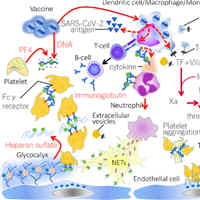
Recognizing Vaccine-Induced Immune Thrombotic Thrombocytopenia
Vaccine-induced immune thrombotic thrombocytopenia is a serious complication of vaccination that is not feasible to anticipate or prevent. When the patient presents with sustained headache, neurologic symptoms/signs,... read more
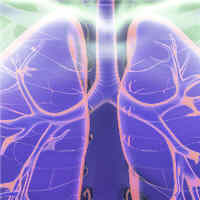
Hypocalcemia Association with In-hospital Mortality and Complications in Patients with Acute Pulmonary Embolism
Pulmonary Embolism (PE) patients with hypocalcemia have higher in-hospital mortality than those without hypocalcemia. The in-hospital complications were also higher, along with longer length of stay. In the 2017 NIS, 187,989... read more
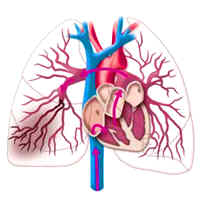
Subsegmental Pulmonary Embolism Increased Rate of Recurrent VTE
Overall, patients with subsegmental pulmonary embolism who did not have proximal deep venous thrombosis had a higher-than-expected rate of recurrent venous thromboembolism (VTE). Recruitment was stopped prematurely because... read more

Optimal Follow-up After Acute Pulmonary Embolism
This position paper provides a comprehensive guide for optimal follow-up of patients with acute pulmonary embolism (PE), covering multiple relevant aspects of patient counselling. It serves as a practical guide to treating... read more
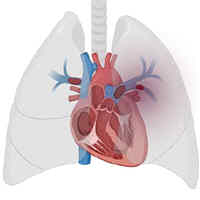
Management of Pulmonary Embolism in the ICU
Pulmonary embolism is a reason for admission to the Intensive Care Unit and this complication in hospitalised patients is associated with high morbidity and mortality. The identification and management of pulmonary embolism... read more
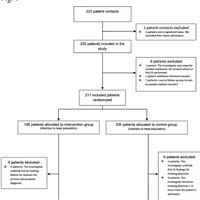
POCUS of the Heart and Lungs in Patients with Respiratory Failure
Point-of-care ultrasound (POCUS) is a focus oriented tool for differentiating among cardiopulmonary diseases. Its value in the hands of emergency physicians, with various ultrasound experience, remains uncertain. We tested... read more

Learning From Doctors with Long COVID-19
When Sarah Burns and Sue Warren started a support group for doctors with long covid, they found a number of people struggling with new experiences, losses, and vulnerabilities Long covid has emerged as a serious, yet poorly... read more
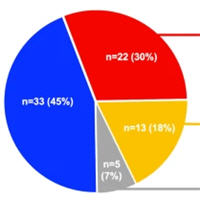
Causes and Timing of Death in Critically Ill COVID-19 Patients
Mortality rate of critically ill COVID-19 patients is high, especially in those requiring invasive mechanical ventilation. However, the causes and the timing of death of patients admitted to the ICU for SARS-CoV-2 pneumonia... read more
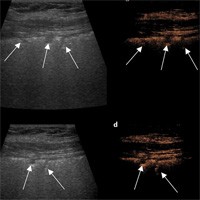
Contrast-enhanced Ultrasound (CEUS) of the Lung Reveals Multiple Areas of Microthrombi in a COVID-19 Patient
Peng et al. have outlined several characteristics common to all COVID-19 patients using lung ultrasound and the 12 zone method. Zotzmann et al. in a follow-up letter raised the question on whether these areas of subpleural... read more
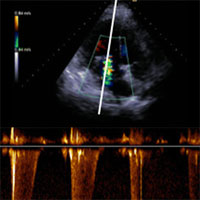
Estimate Artery Occlusion Pressure in Critically Ill Patients Under Mechanical Ventilation Using Doppler Echocardiography
In mechanically ventilated critically ill patients, Doppler transthoracic echocardiography indices are highly specific but not sensitive to estimate pulmonary artery occlusion pressure. Transmitral early velocity wave... read more

Thrombotic and Hemorrhagic Complications in Critically Ill Patients with COVID-19
Critically ill patients with COVID-19 experience high rates of venous and arterial thrombotic complications. The rates of bleeding may be higher than previously reported and re-iterate the need for randomised trials to better... read more
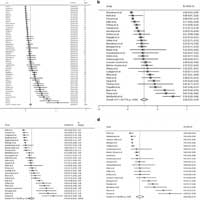
The Pooled Prevalence of Pulmonary Embolism in Patients with COVID-19
It is needed to pay more attention to the relatively high prevalence of pulmonary embolism (PE) in COVID-19 patients, especially in ICU wards. Future studies that will explore the detection method considering high infectivity... read more
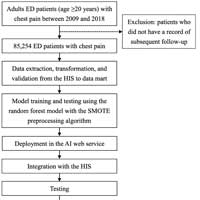
Real-time AI prediction for major adverse cardiac events in emergency department patients with chest pain
An artificial intelligence (AI) real-time prediction model is a promising method for assisting physicians in predicting major adverse cardiac events (MACE) in ED patients with chest pain. Further studies to evaluate the impact... read more

Post-Hospital VTE in Patients with COVID-19
The authors concluded that the rate of post-hospital venous thromboembolism (VTE) among patients with COVID-19 is low and that routine post-hospital prophylaxis is not necessary. Of the 1,877 hospital admissions with COVID-19... read more




